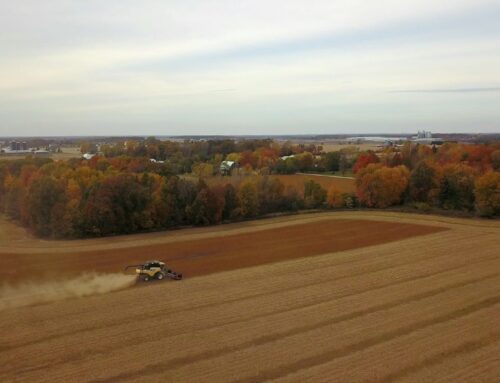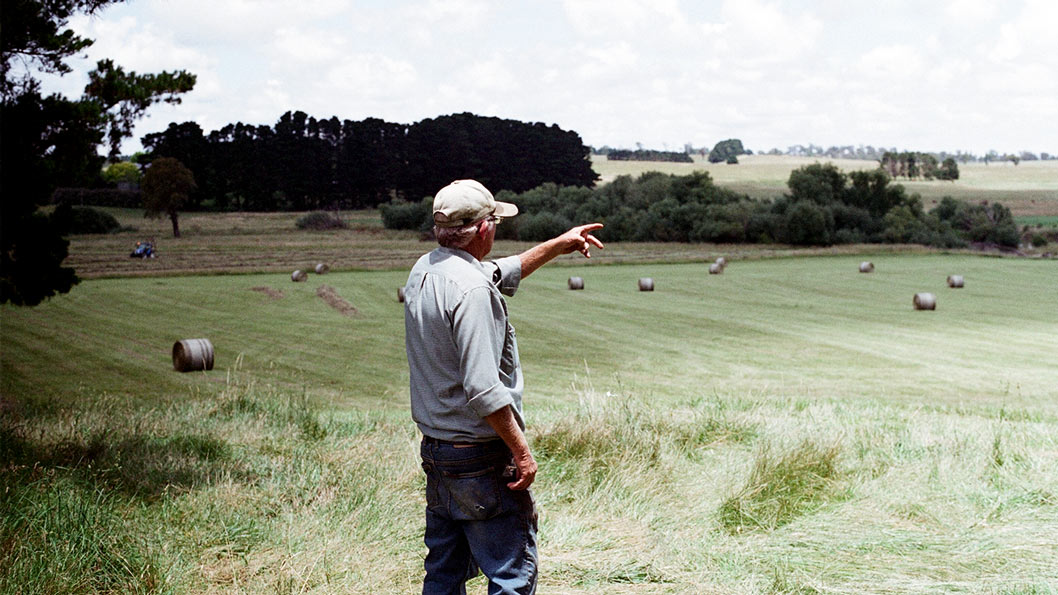The most recent version of the budget reconciliation package, released in late July 2022, would expand budget-busting bioenergy subsidies over the coming decade. Similar proposals were included in individual pieces of legislation and the Senate Finance Committee’s Clean Energy for America Act, which was considered in May 2021.
However, independent experts found that eliminating bioenergy tax breaks would actually help the climate. Regardless, Congress is proposing to subsidize many of the same old types of bioenergy, such as soy biodiesel, that have already received decades of taxpayer support despite failing to benefit the climate and increasing food and fuel prices.
The top bioenergy budget-busters in the reconciliation package include the following (with past cost estimates from the Joint Committee on Taxation):
- Section 13101 and 13102. Extension and Modification of Credit for Electricity Produced from Certain Renewable Resources (estimated cost of $51 billion and $14 billion from FY22-31, respectively, for several types of energy including biomass)
- Includes open- and closed-loop biomass production tax credit extension through 2024, among credits for other types of energy, including addition of biogas derived from biomass in Section 13102. After 2024, biomass appears to no longer receive electricity subsidies, but implementation of a new clean electricity tax credit hasn’t yet begun.
- Section 13201. Extension of Incentives for Biodiesel, Renewable Diesel and Alternative Fuels (estimated cost of $5.571 billion for two years)
- Extension of $1-per-gallon biodiesel tax credit, alternative fuel credit, and alternative fuel mixture credit for two years, through the end of 2024.
- The $3 billion-per-year tax break is one of the most expensive energy tax extenders.
- Biodiesel and renewable diesel is derived from soy and other vegetable oils, animal fats, used cooking oil, etc. According to the National Academies of Sciences, the tax credit has been found to increase – instead of decrease – GHG emissions.
- Subsidies for the mature biodiesel industry have been on the books for decades, costing taxpayers tens of billions of dollars, and costs are expected to increase significantly in the future for expansion of the soy-based renewable diesel industry.
- The Environmental Protection Agency found that the tax credit distorts markets and results in higher production levels than would be expected without the tax credit in place. Biodiesel and renewable diesel fuels are also more expensive than fossil-based diesel.
- Section 13704. Clean Fuel Production Credit (estimated cost of $2.946 billion for three years)
- New production tax credit of at least $0.20 per gallon, up to $1 per gallon, adjusted for inflation, for fuel produced from 2025-2027. Sustainable aviation fuel could receive credit of up to $1.75/gallon, with a minimum of $0.35/gallon.
- Would enter into force after biomass-based diesel tax credit expires in 2024.
- Carbon intensity of fuels must be less than 50 kilograms of CO2e per mmBTU to receive credit for calendar years 2025-2027, which would likely exclude biofuels such as first generation corn ethanol but could subsidize mature soy biodiesel and renewable diesel and other corn- and soy-based biofuels, depending on implementation. Represents first time that carbon intensity reductions are required for biofuel tax credit eligibility.
- Lifecycle GHG emissions rate determined by GREET model from Argonne National Laboratory, with the exception of aviation fuel.
- Biomass definition is broad, meaning almost anything qualifies to be converted into a taxpayer-subsidized fuel, as long as it meets the GHG reduction requirement.
- Section 13404. Alternative Fuel Refueling Property Credit (estimated cost of $1.738 billion from FY22-31)
- In place through 2032.
- Tax break for electric vehicle, ethanol and biodiesel fuel pump, and other alternative fuel infrastructure.
- Section 40007. Alternative Fuel and Low-Emission Aviation Technology Program
- Provides up to $297 million to the Department of Transportation for the following:
- $244,530,000 for projects for the production, transportation, blending, or storage of sustainable aviation fuel.
- $46,530,000 for projects relating to low emission aviation technologies.
- $5,940,000 for grants.
- Provides up to $297 million to the Department of Transportation for the following:
- Section 13202. Extension of Second Generation Biofuel Incentives (cost estimate of $54 million for three-year extension)
- Extension of $1.01-per-gallon tax credit through 2024 and applicable retroactively for production in 2022.
- Cellulosic biofuels industry was intended to spur development of non-food-based biofuels derived from feedstocks such as perennial grasses and corn cobs/leaves, but the industry has failed to get off the ground despite significant taxpayer funding. Numerous facilities have failed – including those intending to use woody biomass as a bioenergy feedstock – bringing taxpayer dollars down with them.
- Section 13203. Sustainable aviation fuel credit (cost estimate of $49 million for two years, but other cost estimates have been as high as $7 billion)
- New $1.25-per-gallon or more tax credit for so-called “sustainable” aviation fuel beginning in 2023 (in place through 2024) that meets a 50 percent greenhouse gas emission reduction threshold, as determined by the Carbon Offsetting and Reduction Scheme for International Aviation adopted by the International Civil Aviation Organization (ICAO) or a similar method, which could be broader and include more fuels.
- Fuels derived from woody biomass may qualify and other first-generation biofuels from food-based feedstocks that may look on paper as if they’re better for the climate but in reality aren’t. Using food crops for fuel would also increase food prices further, not to mention impacts on forests, wetlands, grasslands, and other carbon-rich land converted to cropland. Some details won’t be known until the program is implemented by respective federal agencies.
- Biomass definition is broad, meaning almost anything qualifies to be converted into a taxpayer-subsidized fuel, as long as it meets the GHG reduction requirement.
- 22003. Biofuel infrastructure and agriculture product market expansion
- Provides $500 million
- Specifically calls for more “commodity-based ethanol and biodiesel,” not the promotion of so-called “advanced” biofuels that would be derived from non-food crops such as perennial grasses and agricultural residues, which was intended when Congress passed the 2005 and 2007 energy bills.
- The government has already subsidized first-generation biofuels infrastructure projects (benefiting the corn ethanol and soy biodiesel industries) through other federal programs, including the Rural Energy for America Program (REAP), Biofuels Infrastructure Partnership, and the Higher Blends Infrastructure Incentive Program (HBIIP). More information here.
- The new program would also be duplicative of the federal tax break for alternative fuel infrastructure.
- Section 60108. Funding for Section 211(o) of the Clean Air Act
- $10 million for advanced biofuels grants to industry, distributed through the Environmental Protection Agency. Little information is provided otherwise.
- Other bioenergy programs such as the Rural Energy for America Program (REAP) and Wood Innovation Grant Program
- Please see this post for more info – House Ag Budget Reconciliation Markup – Taxpayers for Common Sense











Get Social